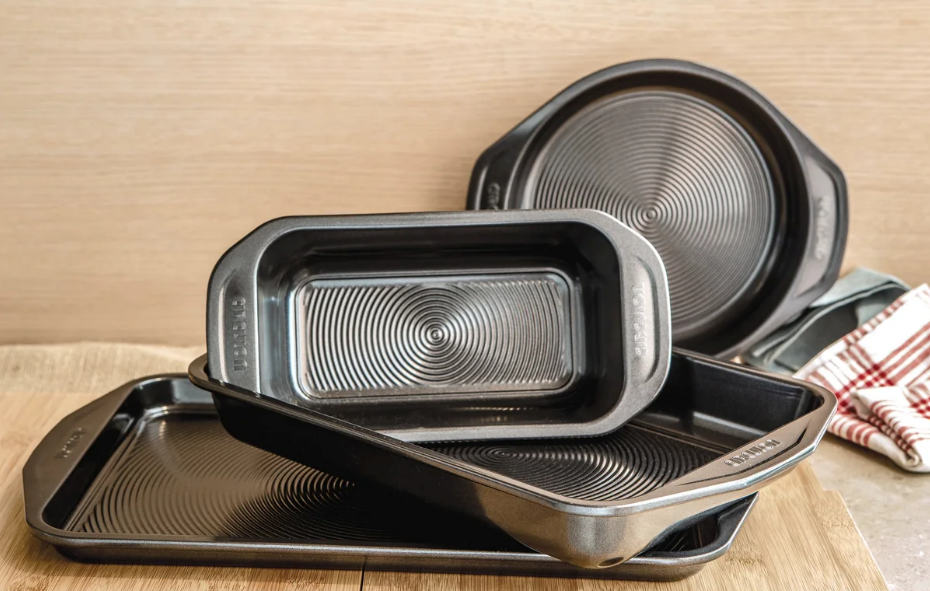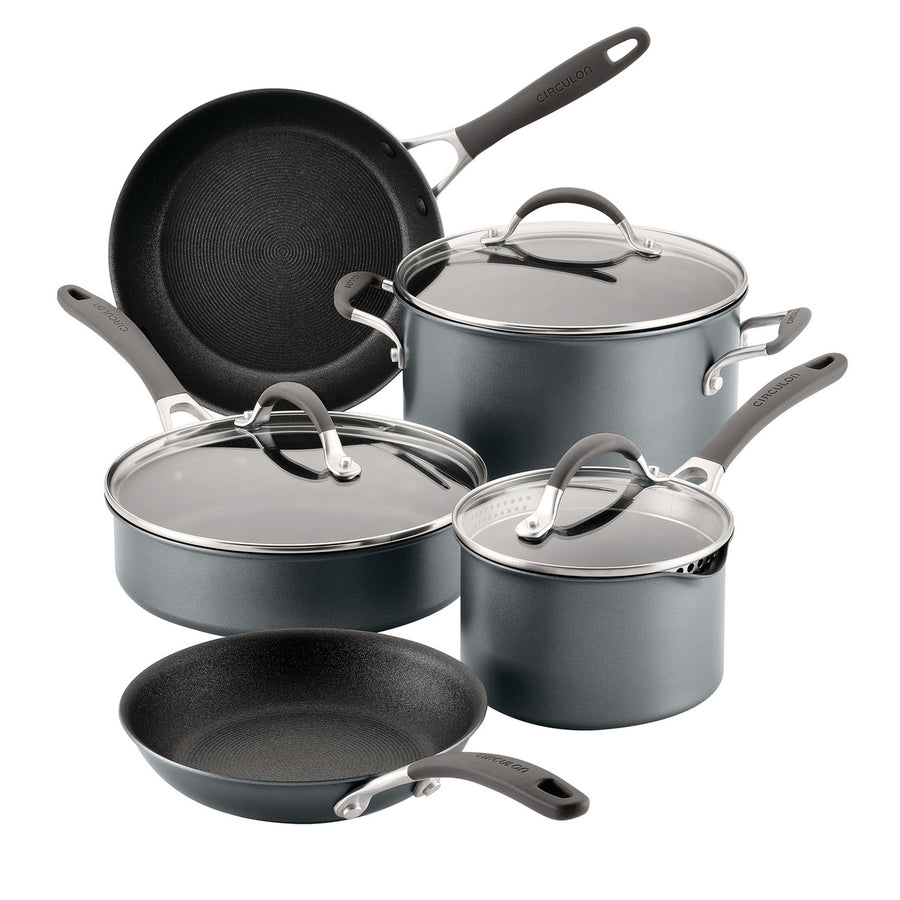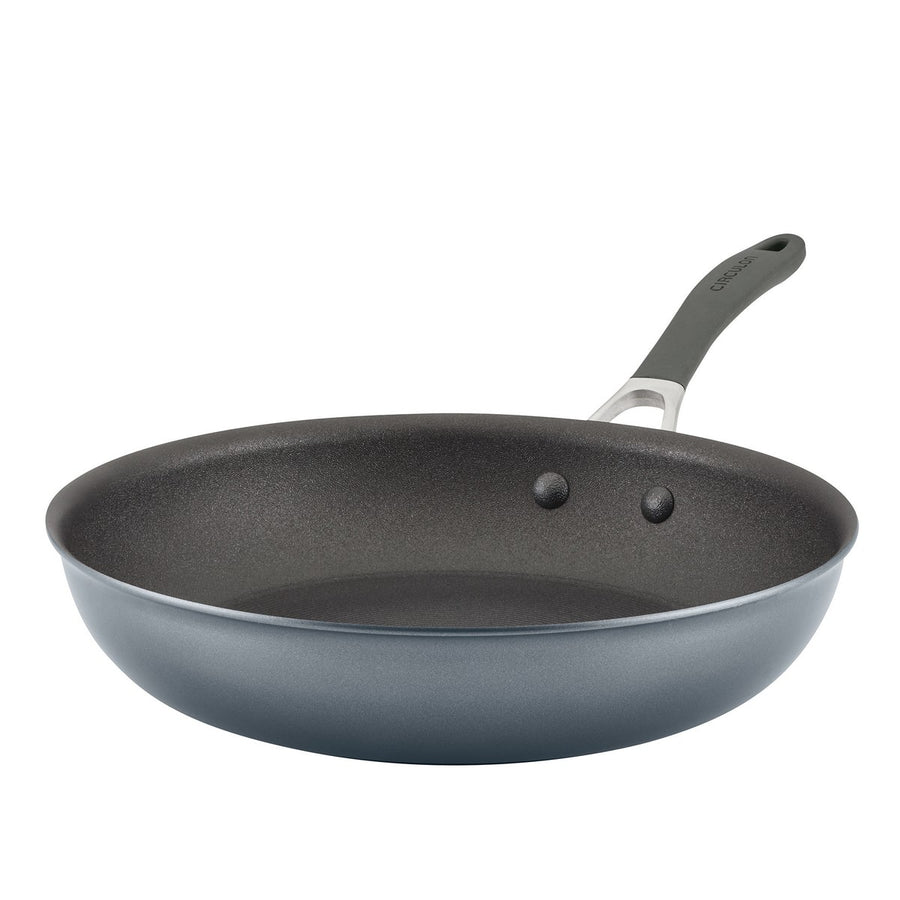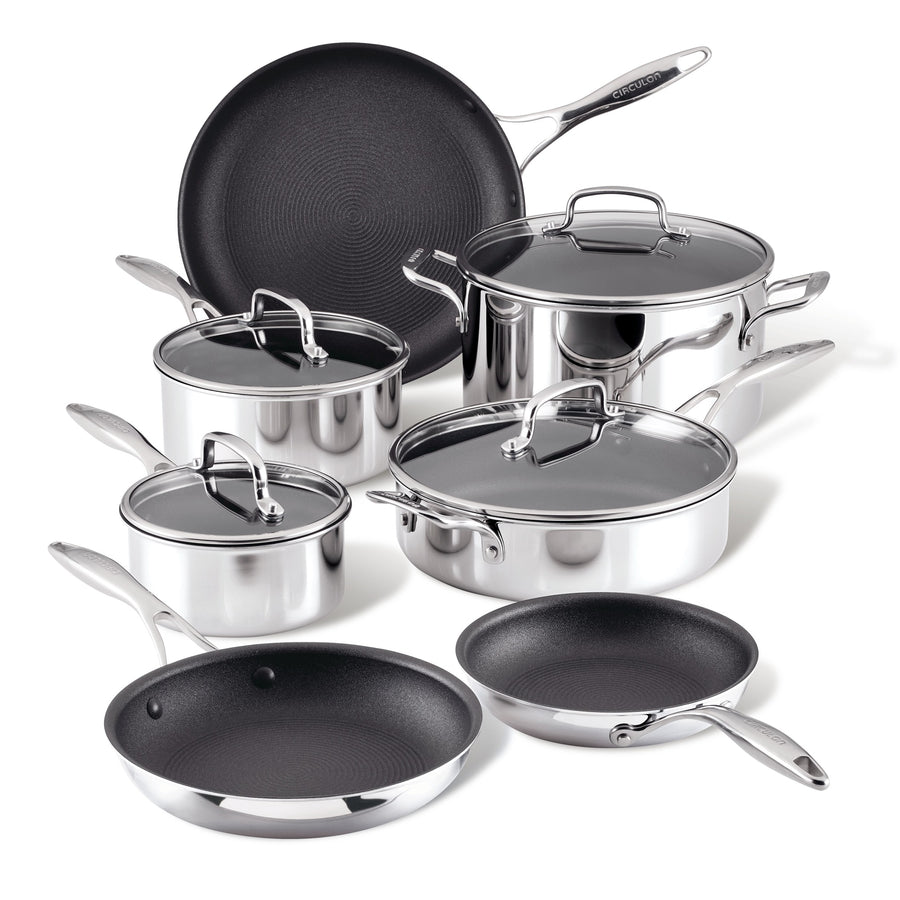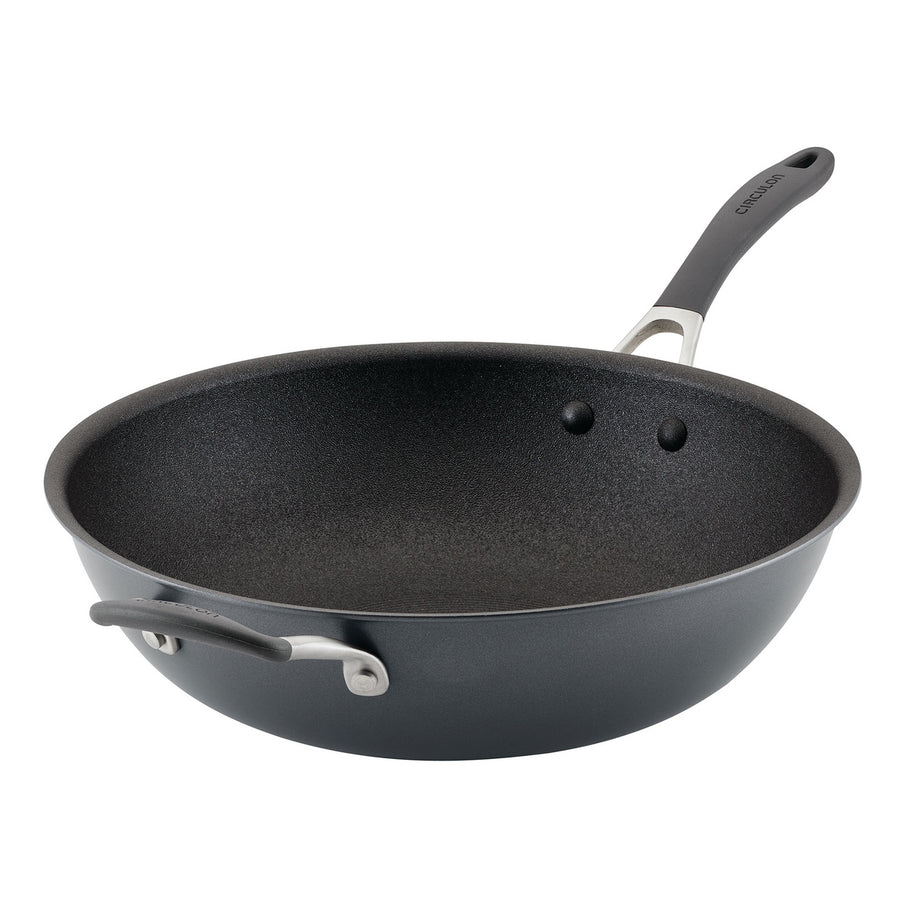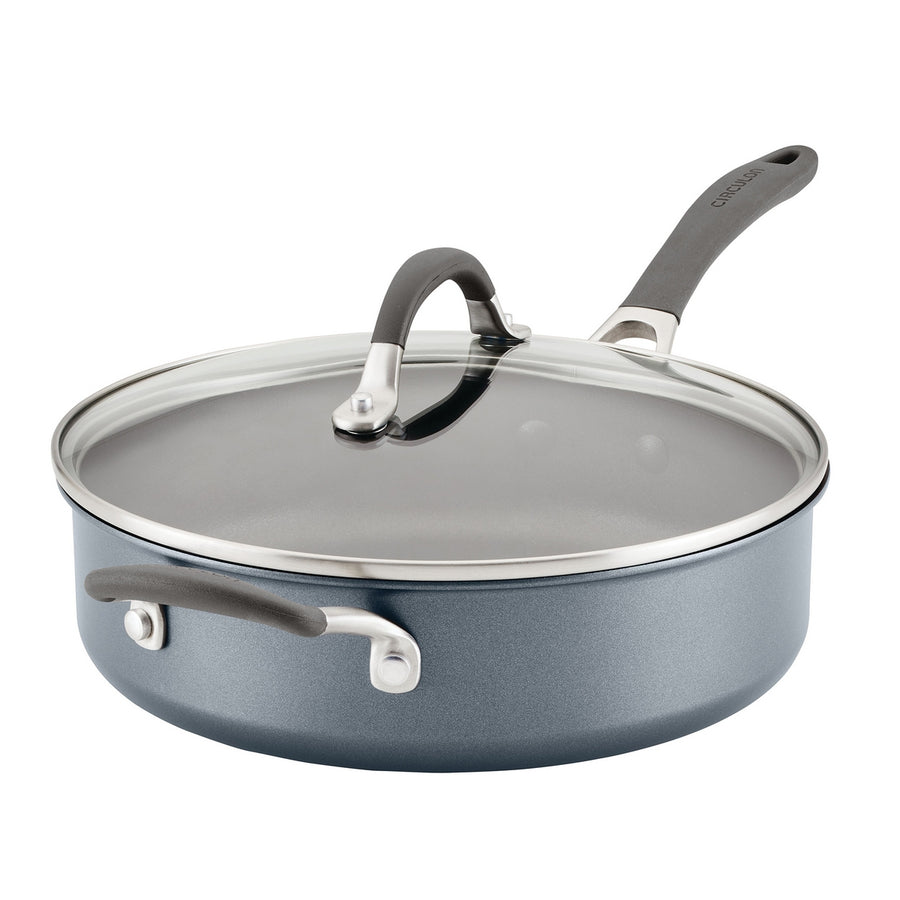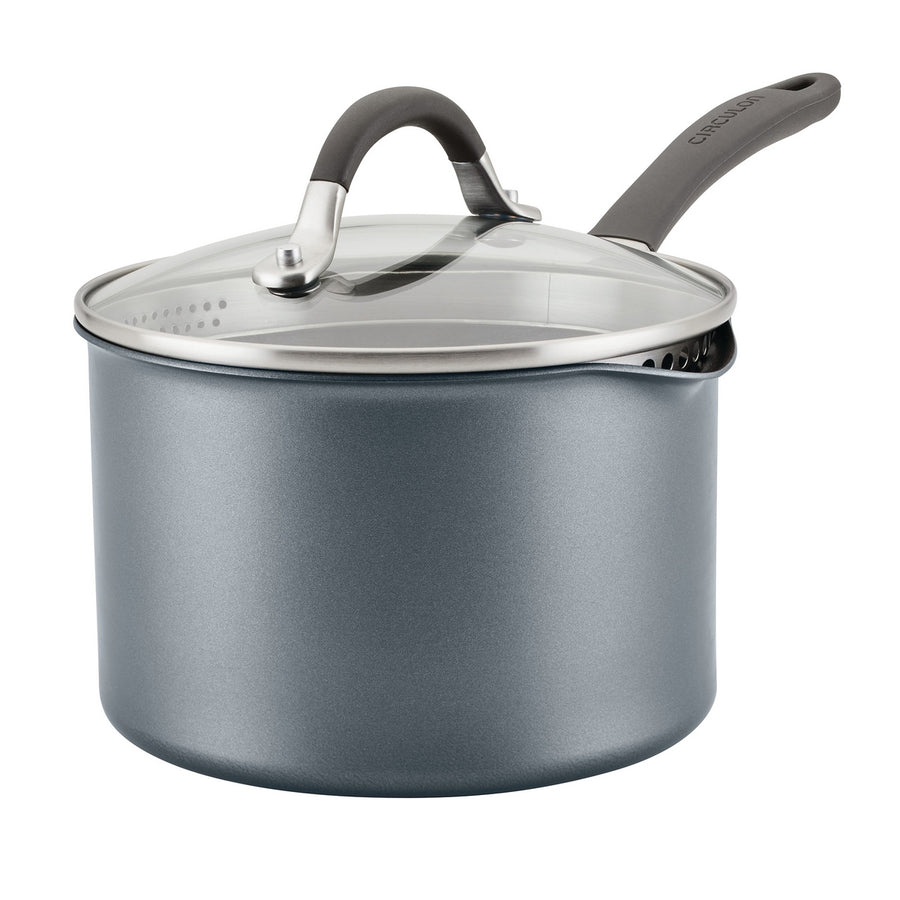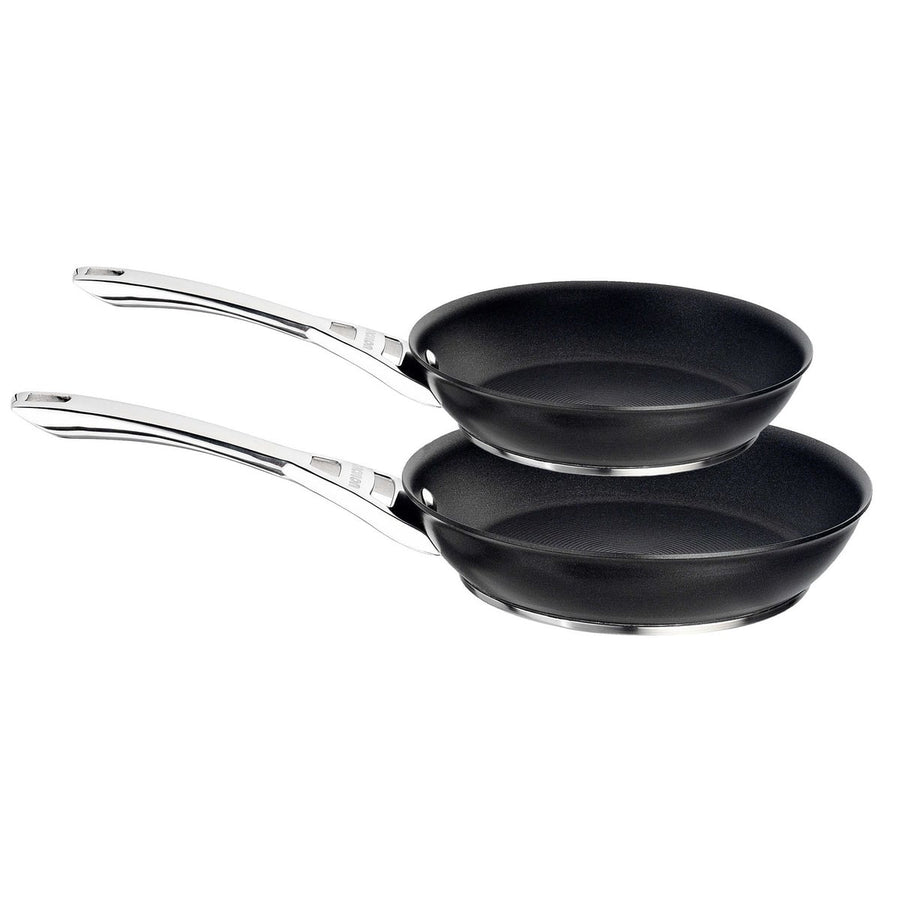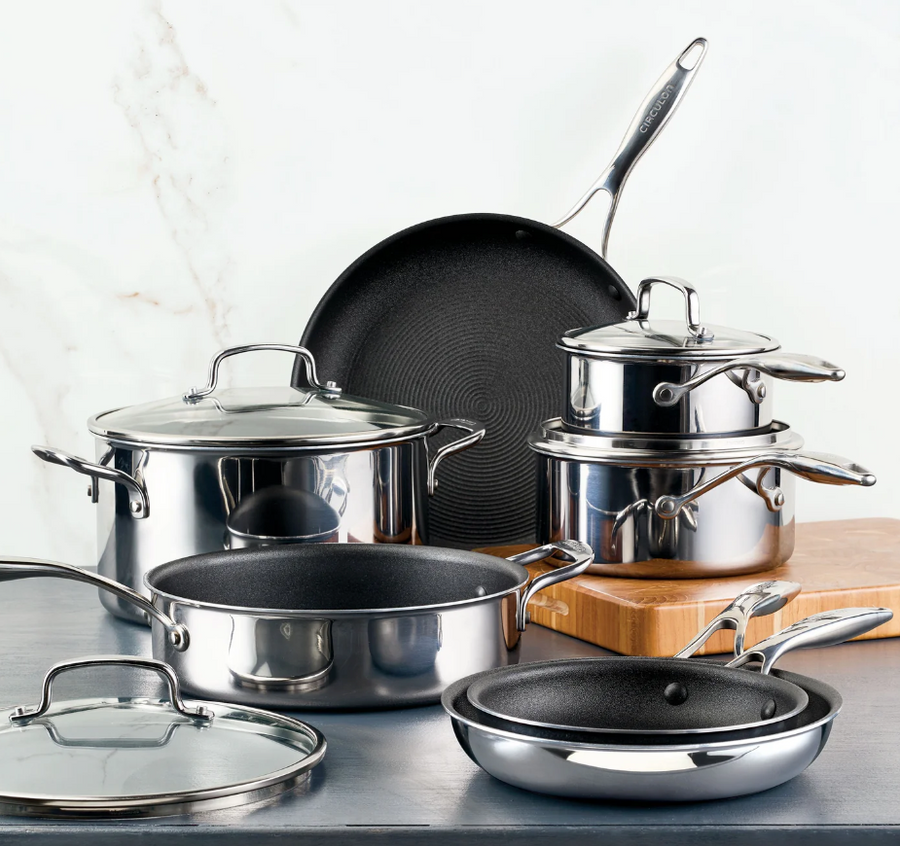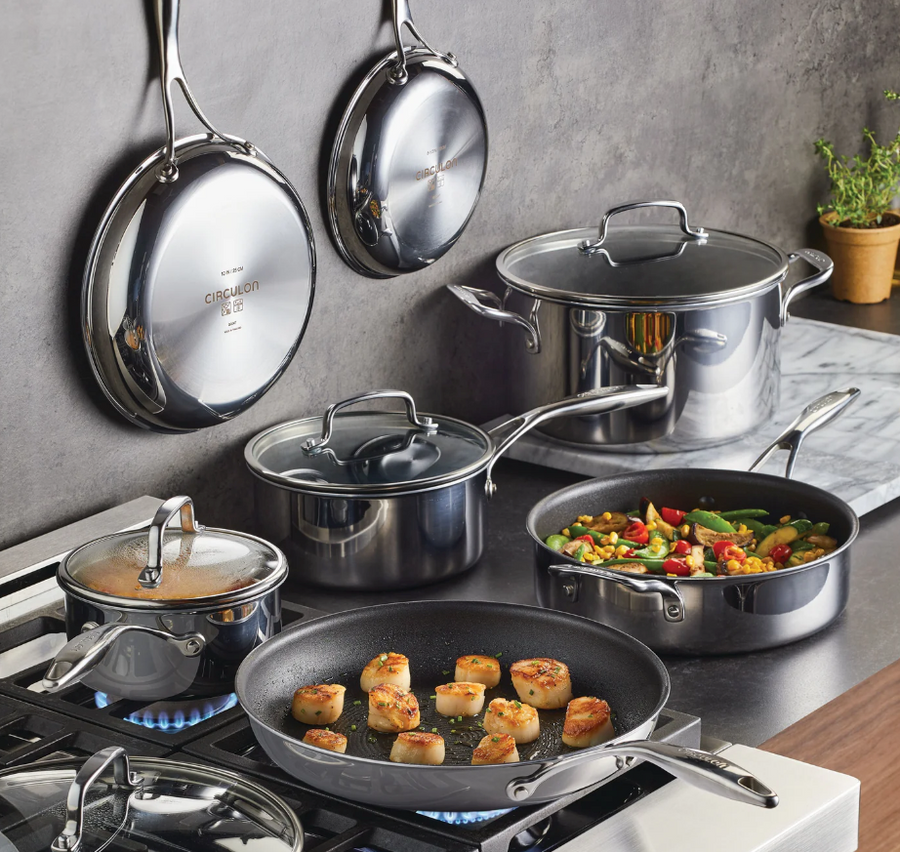The TL;DR
Discover the best techniques and methods for cleaning your baking tray in our guide:
-
Cleaning non-stick baking trays: cleaning non-stick baking trays requires gentle methods to preserve the coating.
-
Baking soda power: baking soda is a highly effective natural cleaner for non-stick surfaces, dissolving grease and grime without damaging the coating. There are two effective methods; making a paste, or dusting and wiping.
-
Material matters: different cleaning methods vary depending on the tray material (aluminium vs. carbon steel) and the presence of a non-stick coating.
-
Avoid harsh chemicals: it is important to avoid harsh chemicals that could damage non-stick surfaces.
-
Simple & effective cleaning: there are many easy and inexpensive cleaning techniques that use readily available household items like baking soda and vinegar, extending the life of your baking trays.
Baking trays are often the backbone that holds your kitchen together. Baking cookies? You use a baking tray. Toasting seeds, or making granola? You use a baking tray. Roasting vegetables?... Well, you get the idea.
Considering they go through such heavy usage, it’s unsurprising that your baking trays will get dirty over time. Burnt on spills, grease, and dirt all tend to accumulate on the tray – leaving it sticky, grimy, and all around unpleasant to use. But, instead of throwing your baking tray away and buying new ones (something we’re all a little guilty of), there are some simple hacks you can use to clean your baking trays and get them looking like new.
With some simple know-how, handy tips, and a little bit of elbow grease, Circulon’s how-to for cleaning your baking trays can help you save money – and keep this incredibly versatile bit of kitchenware for as long as possible…
Cleaning a baking tray: the basics
Not all baking trays are made equal. Between material choice, coating design, and the question of quality, there are some fundamental distinctions around the best cleaning methods that you need to know to make sure your kit lasts as long as possible. The most common materials used for baking trays are:
- Aluminium.
- Carbon steel.
Both Aluminium and Carbon Steel require a different cleaning method, particularly if your tray is also coated with non-stick technology. To help you make an informed decision, we’ve split out our cleaning advice accordingly…
How to clean a non-stick baking tray
Non-stick baking trays are a wonderful invention that makes it easier to take your dishes straight from oven to plate. These are commonly made with either aluminium or carbon steel, which is then treated with a non-stick coating. At Circulon for example, our non-stick baking trays – like the Ultimum Insulated Cookie Sheet – are made with carbon steel for enhanced durability and temperature resistance.
However, this feature means your trays will require a bit more care and attention during cleaning to ensure the coating lasts for as long as possible. Below, we’ve picked out some of the top methods for cleaning a non-stick baking tray safely and easily.
Use baking soda
Baking soda is often touted as one of the best natural home cleaners, able to be used on almost anything – up to and including the kitchen sink! And, this is for a very good reason.
Baking soda is a base, or alkali, meaning it has a higher pH (as opposed to acids, which have a low pH, or water, which sits in the middle of the scale). It’s also not to be confused with baking powder, which is a blend of baking soda and cream of tartar commonly used in baking as a raising agent.
Without getting into too much scientific detail, the reason it’s so good as a natural cleaning agent is that baking soda (or sodium carbonate) is able to ‘accept’ hydrogen ions from other materials – helping to dissolve organic compounds like grease and dirt. Bases are also excellent at breaking down fats, which is why they’re useful for sticky, greasy stains. When cleaning, baking soda even acts as a mild abrasive, helping to remove more stubborn stains whilst remaining gentle enough that it shouldn’t affect a non-stick coating.
If you’re planning on cleaning your baking tray with baking soda, there are a couple of methods that can help you get the results you’re looking for, such as:
- Make a paste: mix your baking soda with water and dish soap, or a little vinegar, to make a thick paste. Spread this over your baking tray, paying particular attention to problem areas, and leave to sit for several hours or overnight. Then simply hand wash to remove all the dirt and grease.
- Dust and wipe: with this method, sprinkle your tray with baking soda, being generous where necessary. Wipe with a damp sponge to help lift away dirt and grease, then rinse clean. This method is useful for cleaning light layers of grease, rather than baked-on stains.
Baking soda and vinegar: a cleaning dream team or a load of bubbles?
When it comes to cleaning baking trays, pots and pans, and even ovens, a lot of people swear by an equal mixture of baking soda and vinegar to clean without harsh chemicals. However, this might not be the ‘all-powerful cleaner’ people claim it is – and to understand why, we’ll need to dip back into the world of chemistry.
As we mentioned above, baking soda is a base, with a high pH; while vinegar is a very weak acid, with a lower pH. When mixed together, alkalis and acids tend to result in a ‘salt’ and carbon dioxide – which is why you see a lot of bubbles when they’re mixed. For cleaning, this ‘reaction’ can seem like it’s doing a lot, but the vinegar and baking soda actually tend to neutralise each other when mixed in equal quantities.
So, while this bubbling action may help to initially lift stains and burnt-on substances, it isn’t really all that useful. Instead, you want the solution to lean one way or the other – and for baking trays, this means you want your mixture to be more alkaline to remove greasy patches.
Top tip: acidic solutions are good for cleaning and dissolving mineral-based deposits, like the limescale in your kettle.
Mild dish soap and hot water
As we’ve already mentioned, you have to be a little more attentive when you’re cleaning non-stick baking trays. Even our very own Non-Stick Baking Trays, with patented Hi-Low non-stick technology, should be treated well to get the most from them and ensure they last as long as possible.
This means avoiding harsh chemicals like oven cleaner to clean Bakeware and not using heavy abrasives, which can damage the outer coating and reduce how well your trays will stand the test of time.
Instead, why not stick with a classic? After all, it’s hard to go wrong with hot water and a good dish soap.
Soaking your baking tray in hot water, mixed with a mild, non-abrasive dish soap, is a simple but effective way of cleaning stubborn grease from your baking trays. And the reason it works so well? Let’s pop back into the science of cleaning for a moment.
Removing grease is often a nightmare because it’s ‘hydrophobic’ – which means it repels water. This is why you need to add something to water that can attach to the grease molecules enough to lift them from a surface, i.e. soap. Soaps consist of long molecules called ‘surfactants’; the head of which is hydrophilic, or water-loving; and the tail of which is attracted to grease and dirt. This allows soaps to act as a bridge between water and grease, pulling them away from the baking tray and into the water – and leaving your baking tray squeaky clean.
So, if you’re constantly searching for how to remove grease from a baking tray, this is the method for you. All you need to do is:
- Fill your sink, or washing up bowl, with hot to boiling water.
- Mix in a small amount of mild dish soap or washing up liquid.
- Submerge your baking tray and let it soak for at least 40 minutes, if not longer to give the soap time to work.
- Rinse clean, popping into the dishwasher if you wish.
Top tip: avoid soaking your tray for too long, as this may cause the metal to warp.
Why greasy trays shouldn’t go straight into the dishwasher
We always recommend hand washing Circulon Baking Trays which only takes a matter of seconds thanks to our Non-Stick. But, if you really hate washing up, dishwashers are a must-have. Fortunately, a lot of new kitchenware items are becoming dishwasher-safe, (like our Ultimum Non-Stick Square Baking Tray), saving you time and energy on clean up.
But when it comes to cleaning greasy baking trays, you might want to consider not putting them in straight away. We explained that grease is hydrophobic; sometimes, by putting your tray straight into the dishwasher, this grease can be spread around to all of your dishes, rather than getting clean. So, give your Baking Tray a mild clean before putting it in the dishwasher.
Top tip: the heat and pressure of your dishwasher may also affect the non-stick coating, and can cause rust in the curled edges if your tray is not dried properly – so you might want to limit how often you run it through the dishwasher.
How to clean an enamel coated baking tray
Enamel coated baking trays are hard wearing, and have a certain style that might suit your kitchen. More than that, they’re relatively easy to clean. You can use both the methods we mentioned above, and the following to make sure your trays are ready for your next meal…
Clean with dish soap and non-metal scourer
Due to their lack of non-stick coating, enamel baking trays can take a bit more elbow grease without getting damaged – which is perfect if you’re struggling with how to clean burnt-on stains.
So, one of the best ways to clean this type of baking tray is to put some elbow grease in and brush away with the abrasive side of your sponge and some dish soap. This combination should be especially effective on burnt-on stains, as both the plastic mesh of the scourer and dish soap work to lift stubborn dirt. All you need to do is:
- Pop on some washing up gloves to protect your hands from the heat and rinsing.
- Fill your sink or washing up bowl with hot, soapy water.
- Allow your baking tray to soak for around 40 minutes, depending on how dirty/greasy it is.
- Rub stubborn stains until your baking tray is clean.
- Rinse well, or put in your dishwasher for a final wash.
Top tip: before dishwashing, always check enamel baking trays for cracks or chips to avoid causing more damage.
Cookware cleaner
Another option you could choose would be to use a specific cookware cleaner designed to help remove grease and food stains. These often come as a liquid or paste that can be rubbed into your baking trays. However, it’s worth noting that these often contain harmful or more abrasive chemicals, which is what makes them unsuitable for non-stick trays.
If you do choose this option, make sure to:
- Keep out of reach from children.
- For stronger solutions, wear rubber gloves to protect your hands.
- Only use as directed, and never mix with other cleaning products.
Top tip: specific instructions will vary when you clean with these, so make sure to check the manufacturer's recommended usage.
Pre-treat with a dishwasher tablet
Dishwasher tablets are an obvious essential for cleaning your dishes inside the machine, but did you know that you could also use them to clean stubborn burnt-on substances without your washer? There are a couple of ways you can use this handy little tab:
- Dissolve a dishwasher tablet in hot water and leave your baking tray to soak. This could be from 40 minutes to 2 hours depending on the stain and type of baking tray.
- Slightly dampen and crush a dishwasher tablet, then use it to rub at the baking tray to help lift dirt and grease.
Dishwasher tablets often contain a mixture of different ingredients that contribute to their effectiveness as a cleaning agent, including:
- Surfactants: as we explained above, these molecules are designed to lift grease from the surface of your baking tray.
- Enzymes: specific enzymes can help to break down starchy foods and proteins, which makes removing burnt-on food spills a lot easier.
- Builders: these help clean and soften water – which is perfect if you live in the South and East of England, where the water is ‘harder’ due to the surplus of minerals released from chalk and limestone.
Top tip: even if you don’t have a dishwasher, it might be worth picking up some tablets to help you clean your baking trays effectively.
Top tips for keeping your baking trays clean
Knowing how to clean a baking tray is only part of the battle. There are also some things you can do to keep your tray from getting as dirty in the first place, like:
- Using a tray liner: silicone tray liners are incredibly popular, particularly for baking, as they can be printed with dimensions to help make sure your bakes are the right size every time. They’re also simple to wipe clean after use.
- Using parchment paper: this is another way to protect your tray from mess, but does produce extra waste each time you use it.
- Wiping grease/fats off while warm: wiping off any grease or dirt with a paper towel when it’s warm not only makes cleaning your baking trays easier, but it also means you can dispose of it in the bin – rather than washing it down the sink and risk clogging the drain.
- Soaking straight away: leave your baking tray on the counter while you enjoy the fruits of your labour and let the baking tray cool down before washing to avoid warping the metal. Once you have enjoyed eating, wash your baking tray and promptly dry to avoid rusting on the edges.
Looking for the best?
Then treat yourself to a complete set of premium baking trays directly from Circulon. With features like superior heat resistance, high-quality carbon steel construction, a Lifetime Guarantee, excellent non-stick technology and dishwasher and freezer friendly options, you’ll be spoilt for choice.
Plus, don’t forget to explore our wider collection of Bakeware, including Cake Tins and Oven Trays when you shop online…
Use our exclusive Baking Tray Cleaning Guide Discount Code BAKEGUIDE10 for an Extra 10% Off any of our Circulon Bakeware products!
Shop baking trays from Circulon now
For more expert information and advice, plus plenty of useful cookware buying guides, explore the Circulon blog…


